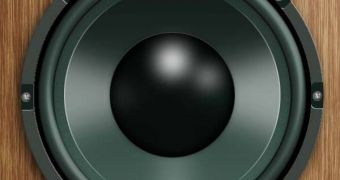European researchers are currently engaged in a line of study that could eventually result in improved audio systems, to be used during videoconferences or in homes, cars, and offices. The new tool system will essentially allow developers to stop focusing on how to make their creations work on various types of embedded systems and microprocessors, and concentrate more on the creative side. The HARTES project's main goal is to create algorithms and calculations necessary for full compatibility between embedded systems so simple that developers need not worry about it anymore.
The new code-writer will be much quicker and more cost effective than utilizing programmers who spend countless hours performing this tedious job rather than concentrating on improvements and innovation. “These [tools] take the developer’s high-level software algorithm and code it to run on the different processors and parts of processors,” explains Roberto Marega, the office manager at HARTES. As a proof-of-concept for the new system, they chose to work on an audio system inside a car, so as to see how the new embedding tools work.
“We chose to look at applications which focused on audio improvement inside the vehicle. For example, if you listen to music in a car you also listen to other noise; the wind, the outside environment, tires on the road, all sorts of extraneous noises which degrade your listening,” the expert explains, quoted by AlphaGalileo. In the experiments, the four to six classic speakers were replaced with more than a dozen smaller ones, spread out in the vehicle so as to give the most “complete” sound possible. Some 12 microphones were also installed.
In addition to the high-level algorithms from application developers that were used to process the sound, the new tool line also used tiny fragments of information, such as seat cover texture, the presence and number of passengers, and the shape and size of the cockpit to recreate the cleanest sound possible. The team also managed to obtain almost-perfect sound distribution throughout the car, with notes sounding just as good in the front row as they did in the back row. This is a notorious problem with car audio systems, where passengers in the back usually experience a lower sound quality.
“The hardware in the car lab uses a lot of different components, including a variety of general purpose processors and reconfigurable processors. The applications are processed through the HARTES tool chain, and we are able to validate and demonstrate inside the car the algorithms and synthesizers for this applications platform,” Marega adds.

 14 DAY TRIAL //
14 DAY TRIAL //